The world of online matrimonial websites in India has been rapidly evolving, providing new opportunities for individuals seeking marriage partners. However, a recent study conducted by The Indian Express has shed light on some troubling trends in the industry. The study was an innovative experiment carried out on a large matrimonial website, aimed at understanding the marital preferences of men. The results were striking, revealing a significant penalty for employed women in the “marriage market”, particularly in North India.
Closely looking at the matrimonial websites and the Indian wedding market
The study was conducted on a popular matrimonial website by creating multiple fictitious profiles of women. All profiles were identical in terms of basic characteristics like age, height, family details, and income. However, they varied the working status of each profile, as well as whether they wished to continue working after marriage.
For the profiles of working women, they also varied their occupations as “feminine,” “masculine,” or “gender-neutral” based on the existing proportion of women workers in those occupations. They created these profiles for different castes, and education levels, and for two cities – Bengaluru and Delhi. These profiles were then monitored for a month to observe the responses from potential male suitors.

The experiment revealed that women who were employed received 15% fewer responses from male suitors as compared to those who were not working, as seen from the responses to each female profile. This preference for non-working female partners was evident across all education groups of female profiles. Additionally, women in “masculine” occupations were 3% less likely to receive responses compared to women in “feminine” occupations.
Furthermore, a woman in a “masculine” job who expressed her desire to continue working after marriage was less likely to attract male interest, as compared to a woman in a “feminine” job who had the same preference. These trends are likely to reinforce the gender stereotypes prevalent in the Indian workforce, making it more challenging for women, especially in male-dominated occupations, to work.
The marriage considerations are concretely an additional explanation for gender differences in the labour market. According to the World Bank’s data from 2020, the female labour force participation rate in India was 20.3%, which is significantly lower than the male labour force participation rate of 78.8%. Additionally, analysis of CMIE employment data for 2019 shows that even amongst the wealthiest top twenty percent of urban Indians between the ages of twenty and fifty-five, only about six per cent of married women were employed while fifteen percent of unmarried women reported working for an independent income.
Even when the caste, education levels, and family incomes of working women matched those of men, profiles of working women elicited less interest from men on matrimonial websites. This discrimination was higher among higher caste men in Delhi, where patriarchal norms are more prominent. Male suitors with lower education levels, who represent the average male population in India, displayed a higher level of discrimination against working women.
Is India taxing its women?
The research pattern reveals a clear indication of how women who are employed/ or wish to be employed are penalised by the Indian wedding ‘market’. Economist Sendhil Mullainathan calls it a ‘hidden tax’ in the New York Times, he says, “The working world is unfair to many women, yet even when they succeed, they must confront another series of challenges. Their hard-won successes are taxed in ways that men are not. The taxes I’m talking about aren’t paid in dollars and cents or imposed by the government. They take the form of annoyance and misery and are levied by individuals, very often by loved ones. I call these impositions taxes because they take away some of what an individual earns, diminishing the joys of success“.
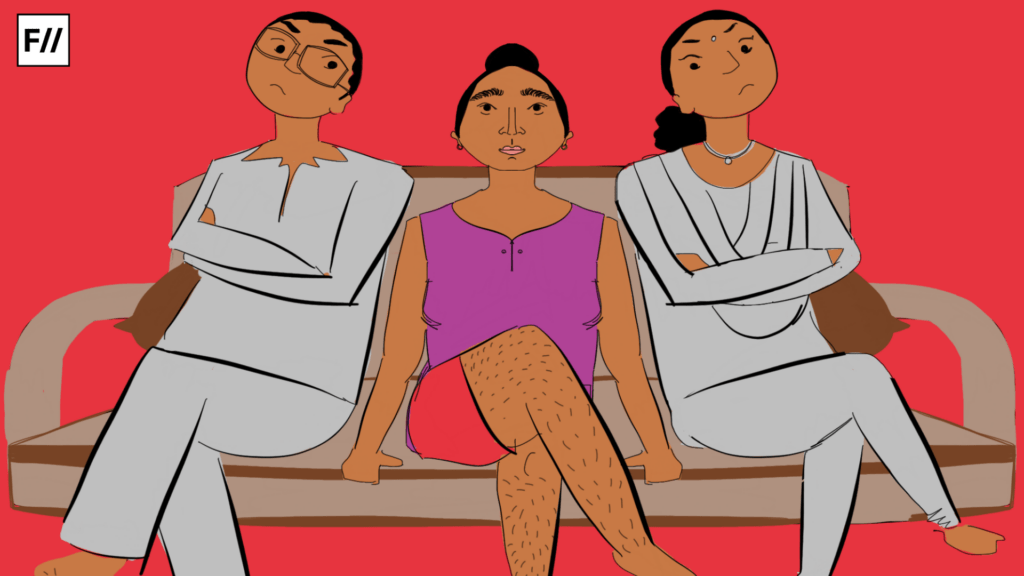
The marriage considerations are concretely an additional explanation for gender differences in the labour market. According to the World Bank’s data from 2020, the female labour force participation rate in India was 20.3%, which is significantly lower than the male labour force participation rate of 78.8%. Additionally, analysis of CMIE employment data for 2019 shows that even amongst the wealthiest top twenty percent of urban Indians between the ages of twenty and fifty-five, only about six per cent of married women were employed while fifteen percent of unmarried women reported working for an independent income. Employment rates were the highest for divorced and separated women — 67.8 per cent.
Also Read: The Matrimony Market And The Eternal Quest For An ‘Ideal’ Bride
In a 2018 podcast with Stephen Dubner, Indra Nooyi, chief executive of Pepsi shared a secret that has helped her stay married for 37 years. “From my perspective, my mom says, ‘Leave the crown in the garage.’” added, “I don’t think I could have balanced all of this had I brought my crown into the house every day.” She continued: ”And would I have liked to have brought it in? No, not at the expense of my marriage and my children.”
This societal perception of women as secondary earners and caregivers also results in the devaluation of women’s labour and their contributions to the workforce. Women’s education and work are seen as secondary to their domestic roles, which limits their opportunities for personal and professional growth. This gendered division of labour not only limits women’s choices but also reinforces the misogynistic norms that govern Indian society, as reflected through various means including matrimonial websites.
The societal norms in India have consistently reinforced the idea that women’s primary responsibility is to take care of their families and households. In this context, it is not surprising that the lack of demand for working wives on matrimonial websites acts as a major deterrent for women who aspire to pursue a career outside of their homes. This can further be seen through the recent National Sample Survey Report (NSSO). As per the statistical survey, 51.7% of India’s women are not in education, employment or training(NEET).
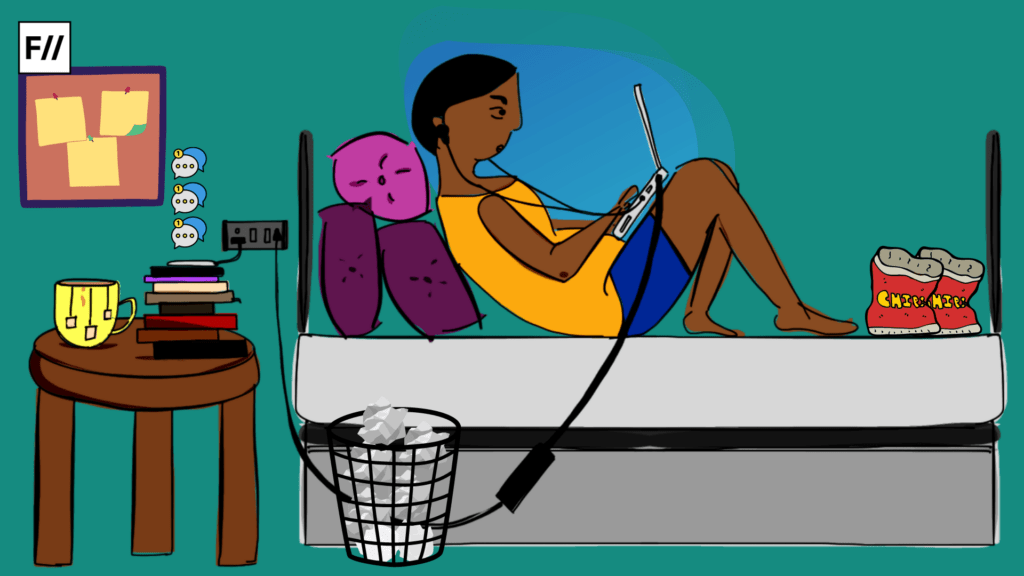
In the same NSSO survey, around 90% of the surveyed females reported attending to domestic duties indicating the persistence of traditional gender roles and the expectation that women should prioritise family responsibilities over work.
Moreover, this societal perception of women as secondary earners and caregivers also results in the devaluation of women’s labour and their contributions to the workforce. Women’s education and work are seen as secondary to their domestic roles, which limits their opportunities for personal and professional growth. This gendered division of labour not only limits women’s choices but also reinforces the misogynistic norms that govern Indian society, as reflected through various means including matrimonial websites.
Also Read: Student Replies To Sexist Matrimonial Ad, Gets Rape Threats In Return
Where a working spouse has the potential to significantly increase household income, yet not choosing a working partner indicates a strong preference that outweighs the financial advantages of having a working partner.
About the author(s)
Anuj is an urban practitioner and an independent writer. He's mostly interested in Feminist Urbanism and the intersection of various identities in the urban. He is a graduate of the Indian Institute for Human Settlements and has disciplinary training in Urban and Regional planning.
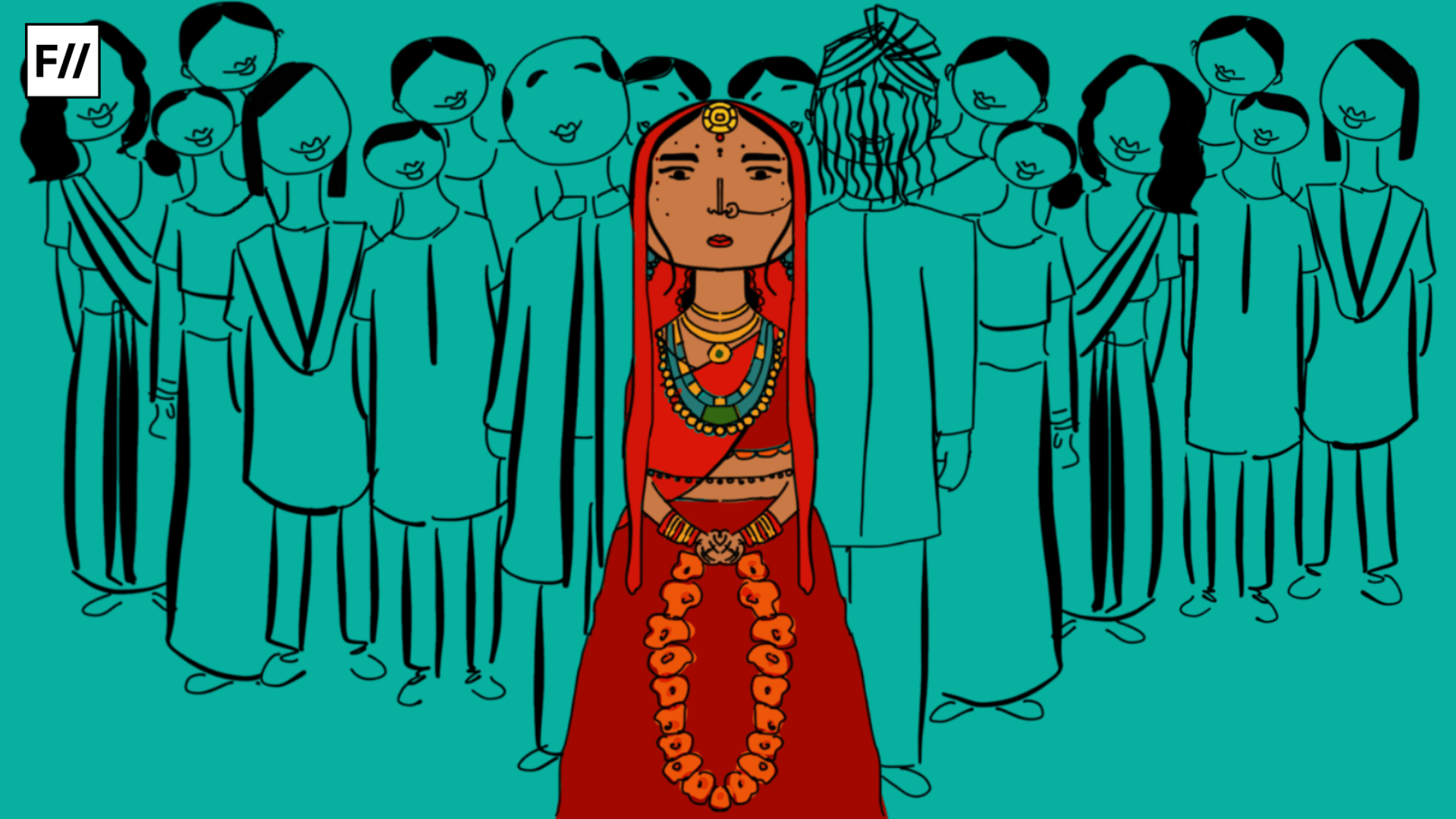
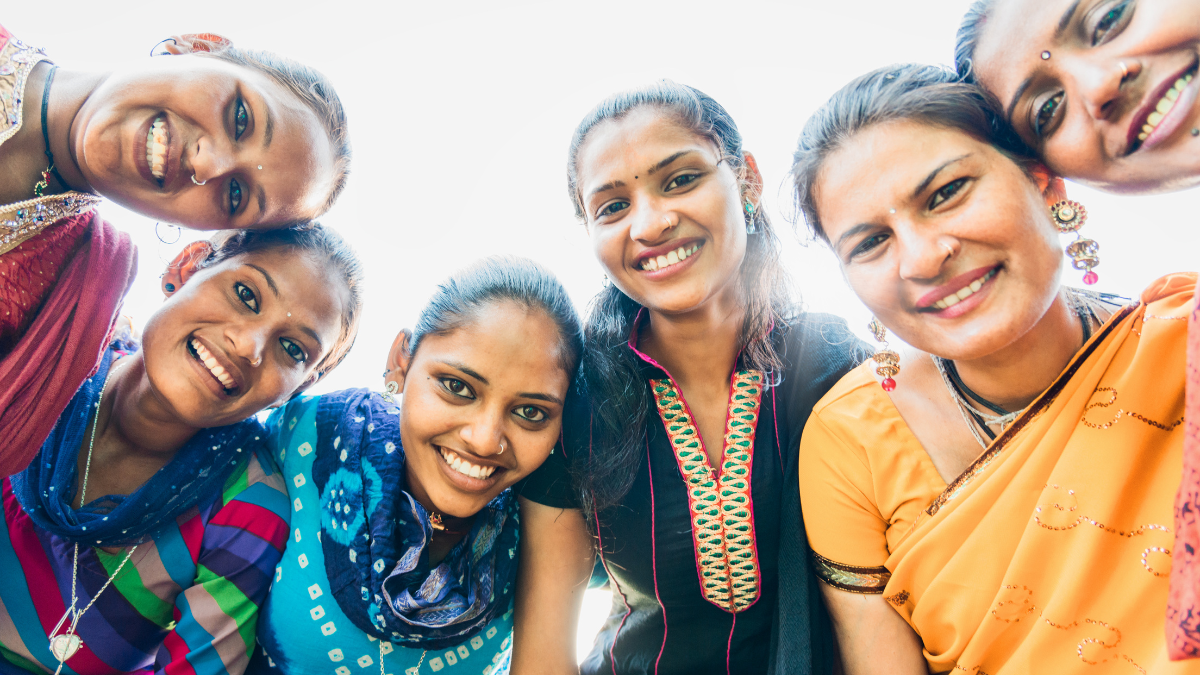
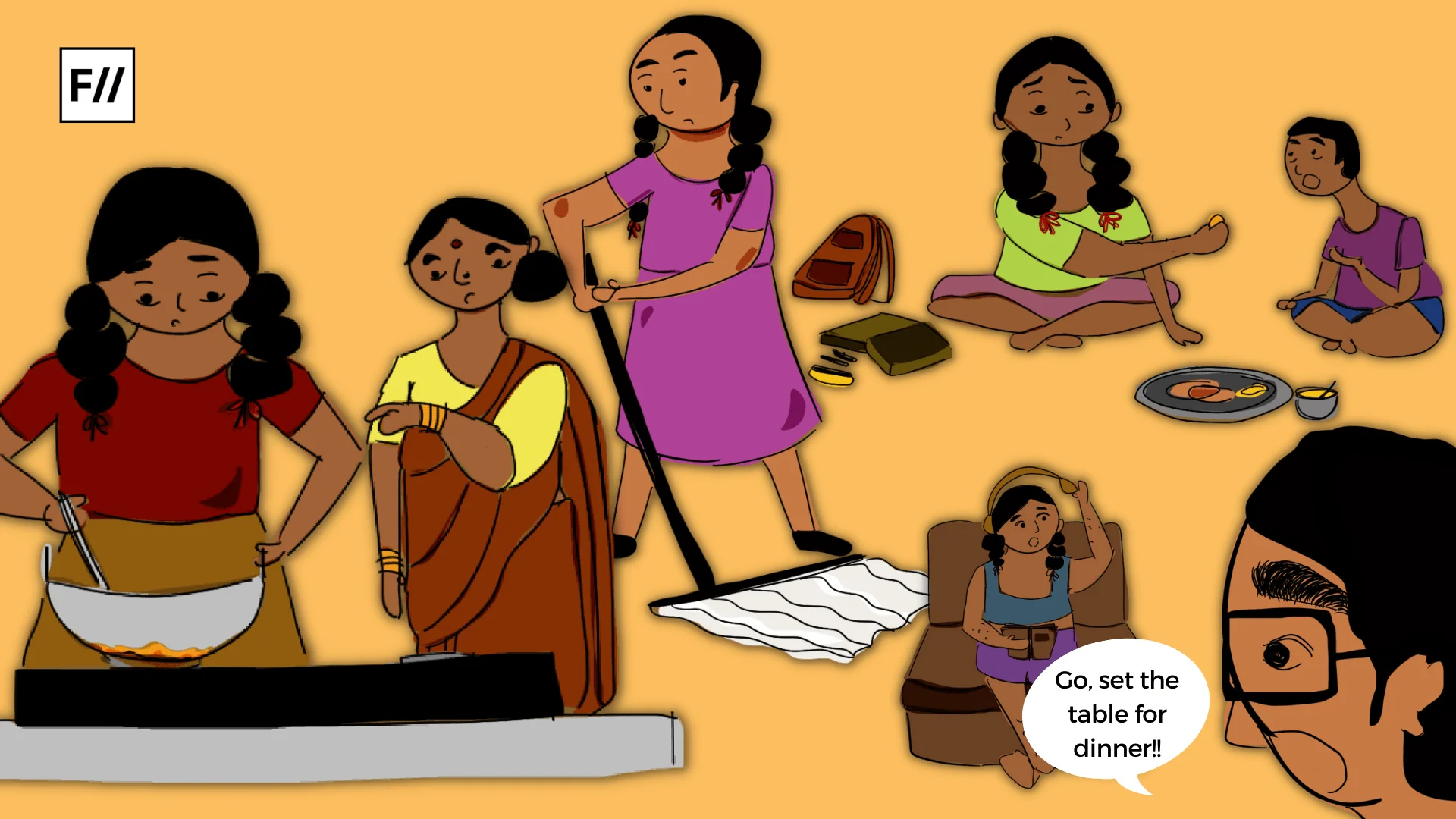


You should also point out the misandry on matrimonial websites. Future husband should earn a six figure salary, have his own house, a luxury car, bank savings, etc. Men are not ATMs. There is nothing left in marriage for men today anyway, owing to biased marriage laws where men lose everything from their house to their children, and have to pay alimony and child support for the rest of their lives.
“The research pattern reveals a clear indication of how women who are employed/ or wish to be employed are penalised by the Indian wedding ‘market’.”
Just as jobless men or men who don’t have a high paying job are penalised by the Indian wedding ‘market’.
“Where a working spouse has the potential to significantly increase household income, yet not choosing a working partner indicates a strong preference that outweighs the financial advantages of having a working partner.”
A working woman takes over a man’s job which he needs to feed his family. Most working women don’t contribute to their households, they only earn to spend in beauty parlours and on kitty parties. If a husband asks them to contribute they say, “biwi ki kamai khaoge”.
If you’re going to judge me according to my pay cheque, I will judge you according to your cooking skills.